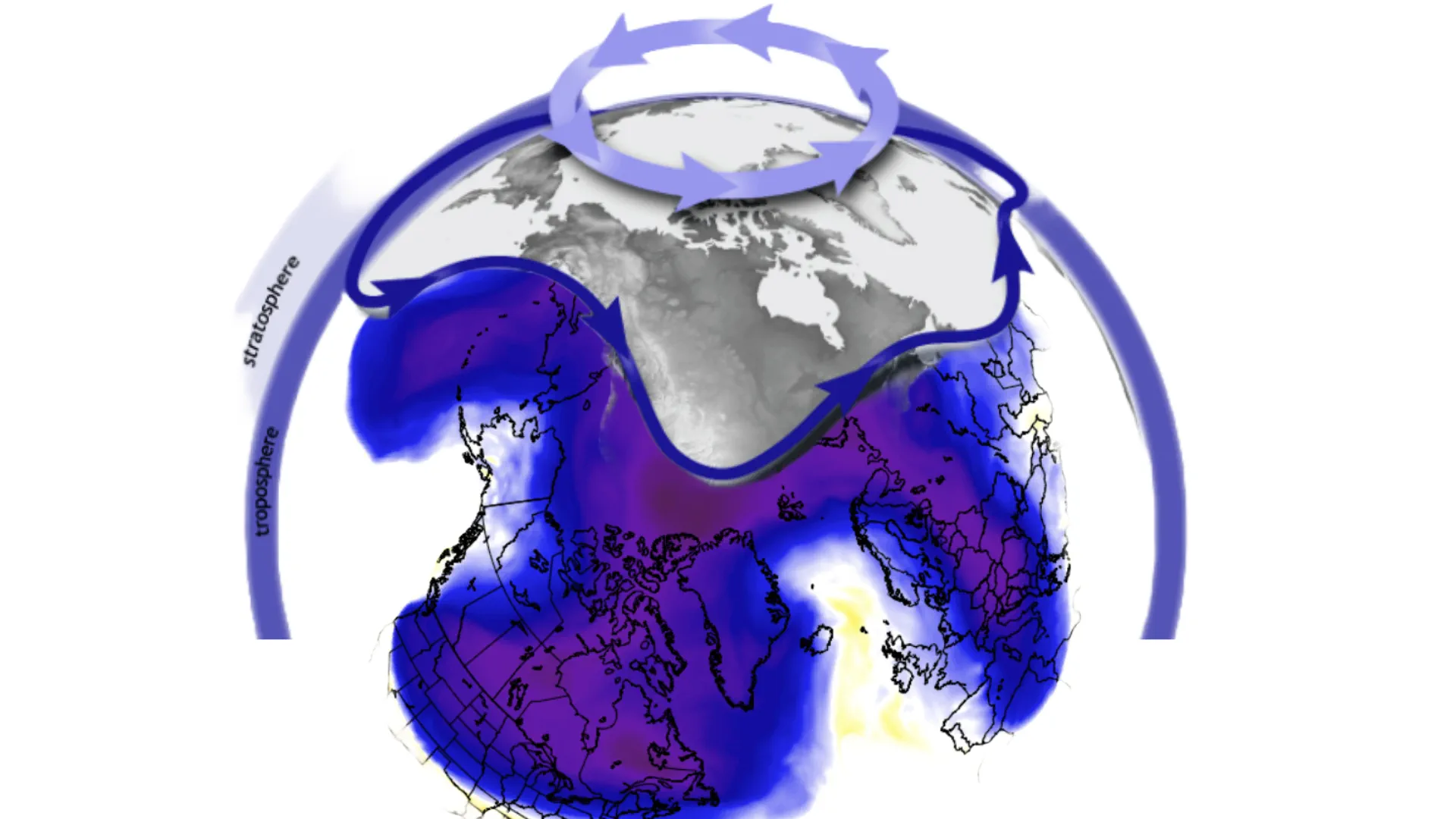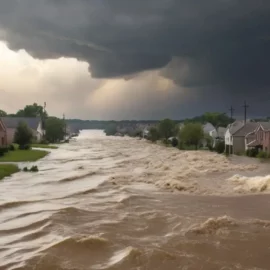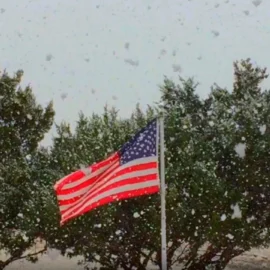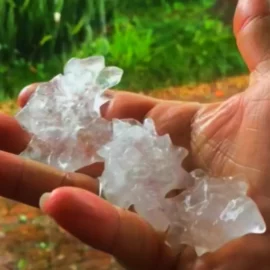
A Collapsing Current and a Shifting Vortex: What Does the Future Hold for Winter 2024-2025?
The recent focus on climate change has rightly brought attention to the long-term consequences of rising global temperatures. However, it's crucial to recognize that the Earth's climate is a complex and dynamic system, capable of producing both warming and cooling trends, even amidst the broader backdrop of rising temperatures. This intricate dance of climate forces is playing out right now, with potential implications for the upcoming winter.
The Atlantic Ocean Current: A Vital Engine Under Stress
The Atlantic Meridional Overturning Circulation (AMOC) is a massive system of ocean currents that plays a crucial role in regulating global climate. This "conveyor belt" of warm water from the tropics to the North Atlantic, and then colder water back southward, significantly impacts weather patterns, sea level, and even the distribution of marine life.
While the science is still being refined, several factors are pointing to a weakening AMOC:
Climate Change: Increased melting of Greenland's ice sheet adds fresh water to the North Atlantic, disrupting the salinity balance and impacting the current's density.
Global Warming: Rising temperatures are altering the density and temperature gradients that drive the current's circulation.
Anthropogenic Impacts: Increased greenhouse gas emissions and human-induced changes to the environment are further contributing to the weakening of the AMOC.
The potential consequences of a full AMOC collapse are significant. A weakened current could lead to:
Cooling in Europe and North America: The AMOC delivers a considerable amount of heat to these regions. A disruption in this flow could cause colder winters and potentially alter the course of the jet stream, leading to more extreme weather events.
Sea Level Rise: A weakened AMOC would allow more water to accumulate in the North Atlantic, potentially contributing to rising sea levels.
Marine Ecosystem Disruptions: Changes in ocean currents would disrupt marine ecosystems, impacting fish populations and coastal communities.
The New Polar Vortex: A Shifting Force in the North
The Polar Vortex is a large-scale area of low pressure and cold air located over the Arctic. It's known to fluctuate in intensity, but a recent article from Severe Weather Europe explores a potential development: the emergence of a "new" polar vortex.
This new vortex is predicted to be stronger and more persistent than usual. The article points to several factors driving this shift:
Sea Ice Decline: Reduced sea ice coverage in the Arctic is allowing for more heat to escape from the ocean, leading to a colder and more stable polar vortex.
Stratospheric Warming: A phenomenon known as Sudden Stratospheric Warming (SSW) can occur, causing a rapid warming of the stratosphere and leading to a stronger polar vortex.
Atmospheric Circulation: Changes in atmospheric circulation patterns are also contributing to a stronger and more persistent polar vortex.
The implications of a stronger polar vortex for the upcoming winter are far-reaching:
Colder Winters: The potential for colder temperatures in the United States, Canada, and Europe due to the increased influence of the polar vortex.
Increased Extreme Weather: The stronger vortex could lead to more frequent and intense cold snaps, blizzard conditions, and other extreme weather events.
Disruptions to Infrastructure: The potential for widespread power outages, transportation disruptions, and other infrastructure challenges due to extreme cold.
Connecting the Dots: A Complex Interplay of Forces
The potential collapse of the AMOC and the emergence of a new polar vortex are separate but interconnected phenomena. While the AMOC weakening could contribute to colder conditions in the North Atlantic, the stronger polar vortex could amplify these effects. This complex interplay of forces poses a significant challenge for forecasting and understanding the potential impact on winter weather.
Founder and chief forecaster of the Pogodnik service. He has many years of experience in the meteorological service. He is the author of numerous scientific publications and popular articles about the weather.




